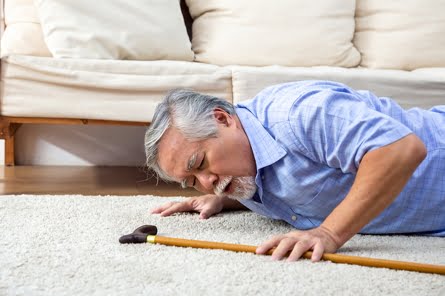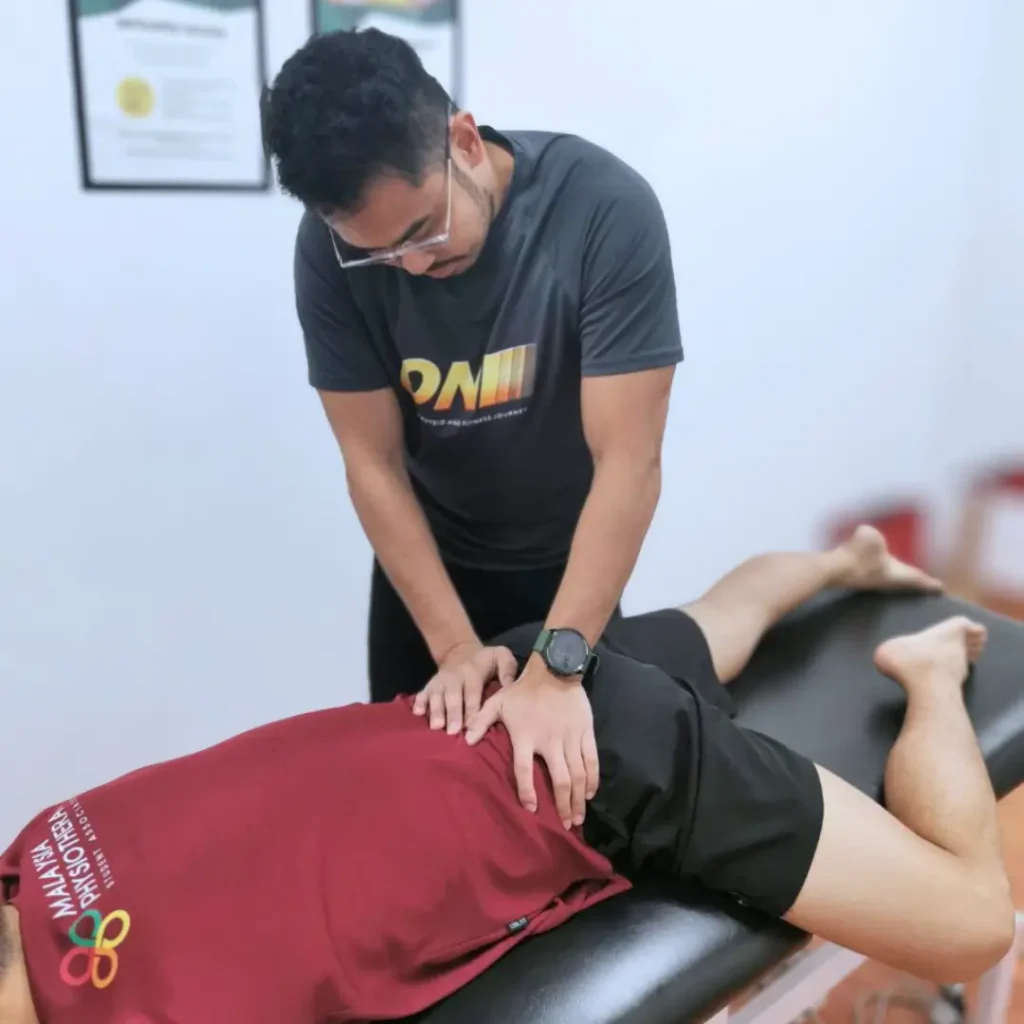Everyday activities include climbing stairs, grocery shopping, or playing with your grandchildren. Being unable to do everyday activities is called a functional limitation. Physically active middle-aged or older adults have a lower risk of functional limitations than people who areinactive. For older adults, doing a variety of physical activity improves physical function and decreases the risk of falls or injury from a fall.

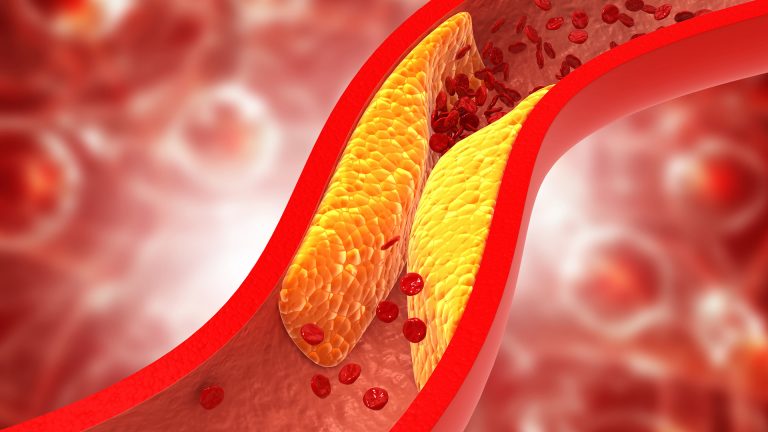
Manage Chromic Health conditions and disabilities
Regular physical activity can help people manage existing chronic conditions and disabilities. For example, regular physical activity can:
- Reduce pain and improve function, mood, and quality of life for adults with arthritis.
- Help control blood sugar levels and lower risk of heart disease and nerve damage for people with type 2 diabetes.
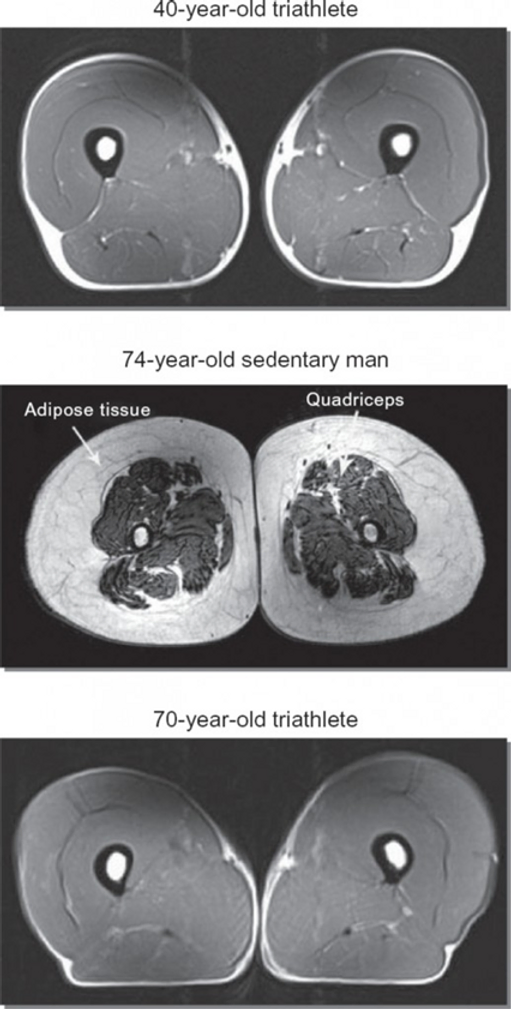
Sarcopenia Prevention
Sarcopenia is the gradual loss of muscle mass, strength and function. Sarcopenia affects your musculoskeletal system and is a major factor in increased frailty, falls and fractures. These conditions can lead to hospitalizations and surgeries, which increase the risk of complications including death. Sarcopenia can also affect people with a high body mass index (BMI), in a condition called sarcopenic obesity.
Progressive resistance-based strength training can help improve muscle strength and reverse your muscle loss.

Weight Management
Body weight significantly impacts overall health throughout one’s life. Maintaining a normal body weight can reduce the risk of various conditions. Individuals who are obese or overweight are more susceptible to illnesses and conditions such as diabetes, hypertension, heart diseases, gall bladder diseases, and osteoarthritis.
Engaging in regular physical activity plays a crucial role in successful weight management. Besides managing weight, a physically active lifestyle offers additional benefits such as a healthy heart, strong bones, and stress relief.
To manage weight effectively, it is recommended to engage in moderate exercise for a total of 30 minutes a day on most days (approximately 4-5 times a week). Although shorter durations are acceptable, strive to accumulate at least 30 minutes of physical activity each day.
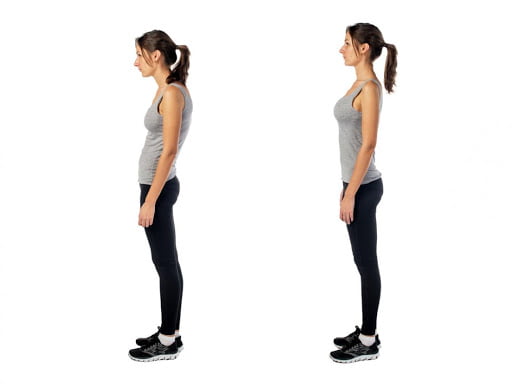
Improve Posture
There’s no “perfect” posture. Good posture refers to have a neutral spine, where your muscle groups, joints, and ligaments are aligned in a way that reduces stress on them, keeps your body flexible, reduces fatigue, and helps maintain your balance when you’re standing or sitting.
Bad posture can lead to:
- muscle or joint strain
- neck, head, or back pain
- possible injury during exercise, work, or other activities

